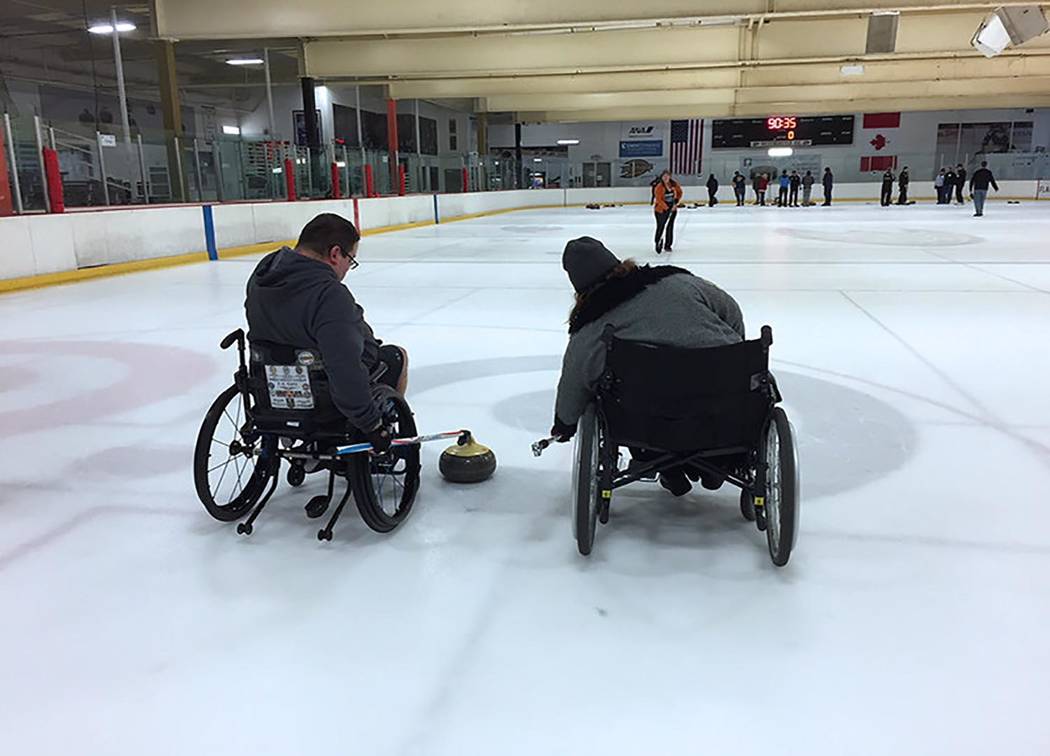Warriors Wounded practice curling at connection event
Veterans gathered to bond and learn the basics of curling, one of America’s fastest-growing sports, at a recent Wounded Warrior Project event.
Curling teams slide 42-pound polished granite stones (known as rocks) from one end of a sheet of ice toward the “house,” their target, at the other end.
Warriors learned some of the rules and strategy used in curling and took them to the ice to play the game. The sport can be played by anyone, no matter their physical ability. Injured veterans learned the basics of curling during a recent Wounded Warrior Project connection event in California. “This sport has a calming effect on me,” said Navy veteran Lisa Kukula. “I also was happy to see that my fellow warriors at all levels of physical fitness and abilities were able to participate with me in the curling lesson without any special equipment.”
Wounded Warrior program events like this give wounded warriors an opportunity to relax, learn something new, and experience veteran peer support firsthand. These gatherings connect them with fellow service members and their communities. “Wounded Warrior Project is my social partner,” Kukula said. “Their events get me out of the house when it is so easy just to stay home and be depressed. I look for opportunities to get out and be active, and they’ve been helping me on this journey.”Isolation is one of the most significant struggles wounded warriors deal with after serving their country. It can be difficult knowing how to overcome that challenge and rekindle bonds similar to those formed in the military.
Activities like curling and socializing with other veterans can help injured warriors cope with stress and emotional concerns.
In a WWP survey of the injured warriors it serves, more than half of survey respondents (51.6 percent) expressed they talk with fellow veterans to address their mental health issues, and 30.3 percent indicated physical activity helps.

















